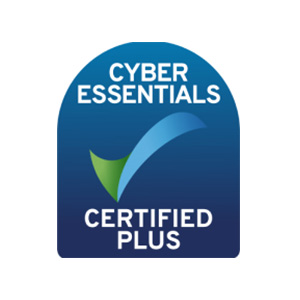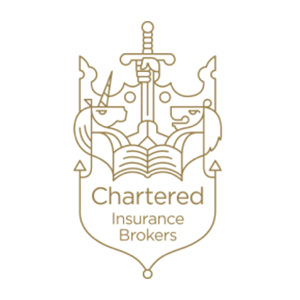The new Labour government has committed to making the UK a clean energy superpower, aiming to reduce reliance on fossil fuels and ensure long-term energy security.
As part of this plan, they intend to:
- Double operational onshore wind capacity to 30 GW by 2030
- Increase operational solar capacity fivefold to 75 GW by 2035
As a result, we are seeing a sizeable increase in the planning applications being submitted and related enquiries for the insurances. Below, we highlight three risks associated with Onshore Wind and Solar Photovoltaic (PV):
Onshore wind
1. End of Life Turbines
Operational onshore turbines typically have a lifespan of 20-25 years, contingent on the operation and maintenance (O&M) strategies employed. However, by 2040, the UK faces the potential loss of nearly 9 GW of onshore wind capacity as turbines reach the end of their operational life.
For commercial reasons, owners are increasingly considering extending the operational lifespan through repowering—whether full or partial—or by adopting tailored O&M strategies. These approaches add layers of complexity to ensuring continued viability. Replacing aging equipment can be extremely costly, particularly when legacy parts are no longer available and supply chain disruptions occur. Therefore, risk assessments should be conducted to analyse threats, their impacts, and how they can be mitigated during turbine life extensions. You should engage with your insurance provider prior to commencing any works or changes to O&M strategies / contract conditions.
2. Supply Chain Constraints
To achieve 30 GW of onshore operating capacity by 2030, analyst data and project insights from R-UK EnergyPulse predict commissioning over 2 GW annually starting from 2026. This ambitious growth demands market stability and resilient supply chains. Ensuring stable prices for raw materials and rare earth metals essential for wind farms is crucial for the project’s economic viability. Additionally, securing manufacturing, logistical, and installation capacities is vital, despite intense global competition. Proactively managing the supply chain throughout the wind farm lifecycle can mitigate risks associated with project development and operation.
3. Sub Station Dependency
Multiple wind farms often rely on a single substation to export power to the grid. While this setup is efficient, it introduces a single point of failure if an incident occurs. Dependence on a single substation or transformer can lead to significant issues, such as disrupting the entire power output from the wind farm to the grid. Regularly testing a business continuity plan can mitigate these risks by ensuring alternatives are in place and power can be rerouted in the event of a substation or transformer shutdown. This risk can be insured against, but requires detailed discussions with insurers in order to do so.
Solar Photovoltaic (PV)
1. Maintenance Programme
Solar PV systems are designed to last 35 years or more, but their components often are not. Micro-cracks, also known as micro-fractures, are a form of degradation in solar cells that significantly reduce the output and lifespan of solar PV assets. These micro-fractures occur due to the natural expansion and contraction of silicon caused by thermal cycling. Additionally, external forces such as strong winds, debris, manufacturing defects, and mechanical stress from transportation or installation can increase the risk of micro-fractures within PV cells.
To mitigate these risks and enhance the efficiency of PV assets, it is essential to select a reputable manufacturer, hire a certified installer, and implement a comprehensive operations and maintenance (O&M) strategy. This strategy should include a robust spare parts plan to ensure long-term reliability and performance, thereby reducing business interruptions. Your insurers will wish to understand this when quoting or surveying a site.
2. Vegetation Management
With Solar PV sites often being unmanned and site conditions continuously changing due to vegetation growth, there is an increased risk of reduced functionality. Sparse ground can lead to mudslides and flooding, while unmaintained vegetation growth can result in shading and increased wildfire exposure. Long, dry grass near PV modules can ignite from a single spark due to cell failure or external ignition. Therefore, an effective vegetation management procedure should be implemented during the planning phase to mitigate the risks associated with on-site vegetation.
3. Theft
With the rapid global expansion of PV systems, solar farms have become prime targets for criminals. Unmanned, ground-mounted solar PV farms are often situated in remote locations, making their panels and copper cables easy, high-value targets. Copper’s high resale value and the difficulty in identifying stolen panels once serial numbers are tampered with further exacerbate the issue. Theft not only causes physical damage but also leads to significant business interruption losses due to downtime. Therefore, proactive security measures are essential to deter theft and mitigate associated risks, ensuring the financial and operational efficiency of the solar farm.
For further information and support, please get in touch.











